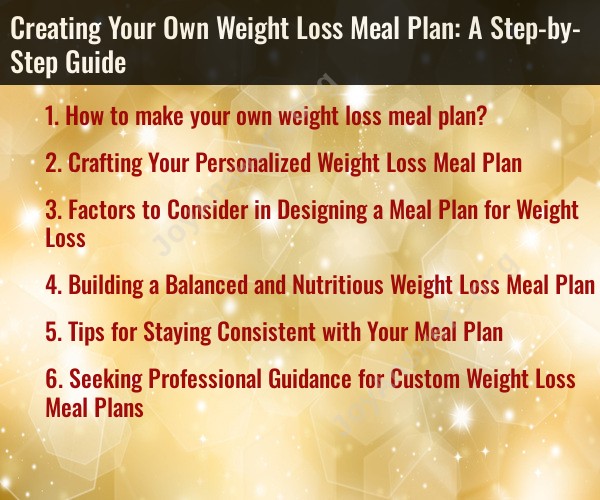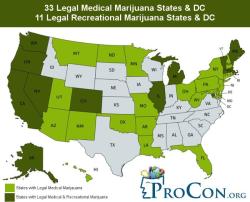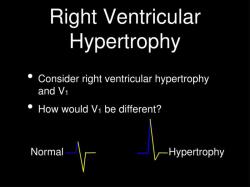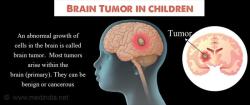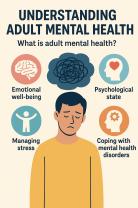How to make your own weight loss meal plan?
Creating a personalized weight loss meal plan can be an effective way to achieve your health and fitness goals. Here's a step-by-step guide to help you create your own weight loss meal plan:
Set Your Goals:Determine your weight loss and health goals. Do you want to lose a specific amount of weight, build muscle, or improve your overall health and fitness? Your goals will shape your meal plan.
Calculate Your Daily Caloric Needs:Use an online calculator or consult with a healthcare professional to estimate your daily calorie needs based on your age, gender, weight, activity level, and goals.
Choose Nutrient-Dense Foods:Focus on foods that are nutrient-dense, which means they provide a lot of essential nutrients for relatively few calories. Include a variety of foods from the following categories:
- Lean proteins (chicken, turkey, fish, lean cuts of beef, tofu, legumes)
- Whole grains (quinoa, brown rice, oats, whole wheat)
- Fruits and vegetables
- Healthy fats (avocado, nuts, olive oil)
- Dairy or dairy alternatives (if desired)
Portion Control:Pay attention to portion sizes. Use measuring cups and a kitchen scale to help you portion your meals accurately.
Plan Your Meals:Design your daily meal plan with balanced portions of protein, carbohydrates, and healthy fats. Aim for three main meals and 1-2 healthy snacks per day. Consider these tips:
- Divide your daily calorie goal by the number of meals and snacks you plan to eat.
- Include a source of lean protein in each meal.
- Choose complex carbohydrates for sustained energy.
- Include fiber-rich fruits and vegetables to help with satiety.
- Balance your meals by including a variety of food groups.
Limit Processed Foods and Sugars:Minimize or eliminate highly processed foods, sugary snacks, and sugary beverages from your meal plan. Opt for whole, unprocessed foods instead.
Stay Hydrated:Drink plenty of water throughout the day. Sometimes thirst is mistaken for hunger.
Meal Preparation:Plan and prepare your meals in advance. Cooking at home allows you to have better control over the ingredients and portion sizes.
Track Your Progress:Keep a food diary or use a food tracking app to monitor your daily food intake. This can help you stay accountable and make adjustments if necessary.
Be Mindful of Total Calories:Make sure that your daily caloric intake aligns with your goals. If you're trying to lose weight, you'll need to create a calorie deficit. If you're trying to maintain or gain weight, you'll need a surplus.
Adapt and Adjust:Monitor your progress and be flexible with your plan. If you're not seeing the results you desire, you may need to adjust your meal plan, increase physical activity, or seek guidance from a healthcare professional or registered dietitian.
Consult a Professional:If you have specific dietary requirements, health concerns, or are unsure about creating your own meal plan, consider consulting a registered dietitian or nutritionist who can provide personalized guidance.
Remember that a successful weight loss meal plan should be sustainable and tailored to your individual preferences and needs. It's essential to focus on creating a healthy relationship with food and making long-term, positive lifestyle changes rather than relying on fad diets or extreme restrictions.
Crafting Your Personalized Weight Loss Meal Plan
Creating a personalized weight loss meal plan is the first step towards achieving your goals. A well-crafted meal plan will help you create a calorie deficit, which is essential for weight loss. It will also ensure that you are getting the nutrients you need to stay healthy and energized.
Factors to Consider in Designing a Meal Plan for Weight Loss
When designing a meal plan for weight loss, there are a few key factors to consider:
- Your calorie needs: To create a calorie deficit, you need to eat fewer calories than you burn each day. You can use an online calculator to estimate your calorie needs.
- Your macronutrient needs: Macronutrients (protein, carbohydrates, and fat) are essential for good health. When designing a weight loss meal plan, it is important to make sure that you are getting enough of all three macronutrients.
- Your food preferences: It is important to choose foods that you enjoy eating. This will make it more likely that you will stick to your meal plan in the long term.
- Your lifestyle: Consider your time constraints and dietary restrictions when designing your meal plan.
Building a Balanced and Nutritious Weight Loss Meal Plan
A balanced and nutritious weight loss meal plan should include a variety of foods from all food groups. Here are some tips:
- Eat plenty of fruits and vegetables: Fruits and vegetables are low in calories and high in nutrients. Aim to fill half of your plate with fruits and vegetables at each meal.
- Choose lean protein sources: Lean protein sources, such as chicken, fish, beans, and tofu, are low in calories and fat and high in protein. Aim to include a lean protein source at each meal.
- Choose whole grains over refined grains: Whole grains are more nutritious and filling than refined grains. Aim to choose whole grains, such as brown rice, quinoa, and oatmeal, whenever possible.
- Limit processed foods: Processed foods are often high in calories, unhealthy fats, and sugar. Limit your intake of processed foods, such as chips, cookies, and candy.
Tips for Staying Consistent with Your Meal Plan
Here are some tips for staying consistent with your meal plan:
- Plan your meals in advance: This will help you avoid making unhealthy choices when you are hungry.
- Cook meals in bulk: This will save you time during the week.
- Make healthy snacks available: This will help you avoid making unhealthy choices when you are craving a snack.
- Don't be afraid to make changes: If you are not enjoying a particular meal or snack, make a change. The goal is to find a meal plan that works for you and that you can stick to in the long term.
Seeking Professional Guidance for Custom Weight Loss Meal Plans
If you need help creating a personalized weight loss meal plan, you can seek professional guidance from a registered dietitian or other qualified healthcare professional. They can help you create a plan that is tailored to your individual needs and goals.
Here are some benefits of seeking professional guidance for custom weight loss meal plans:
- Personalized plan: A registered dietitian can create a meal plan that is tailored to your individual needs and goals, including your calorie needs, macronutrient needs, food preferences, and lifestyle.
- Nutritional expertise: A registered dietitian has the knowledge and expertise to help you create a meal plan that is balanced and nutritious.
- Support and accountability: A registered dietitian can provide you with support and accountability as you work towards your weight loss goals.
Overall, creating a personalized weight loss meal plan is an important step towards achieving your goals. By following the tips above, you can create a plan that is healthy, sustainable, and effective.
